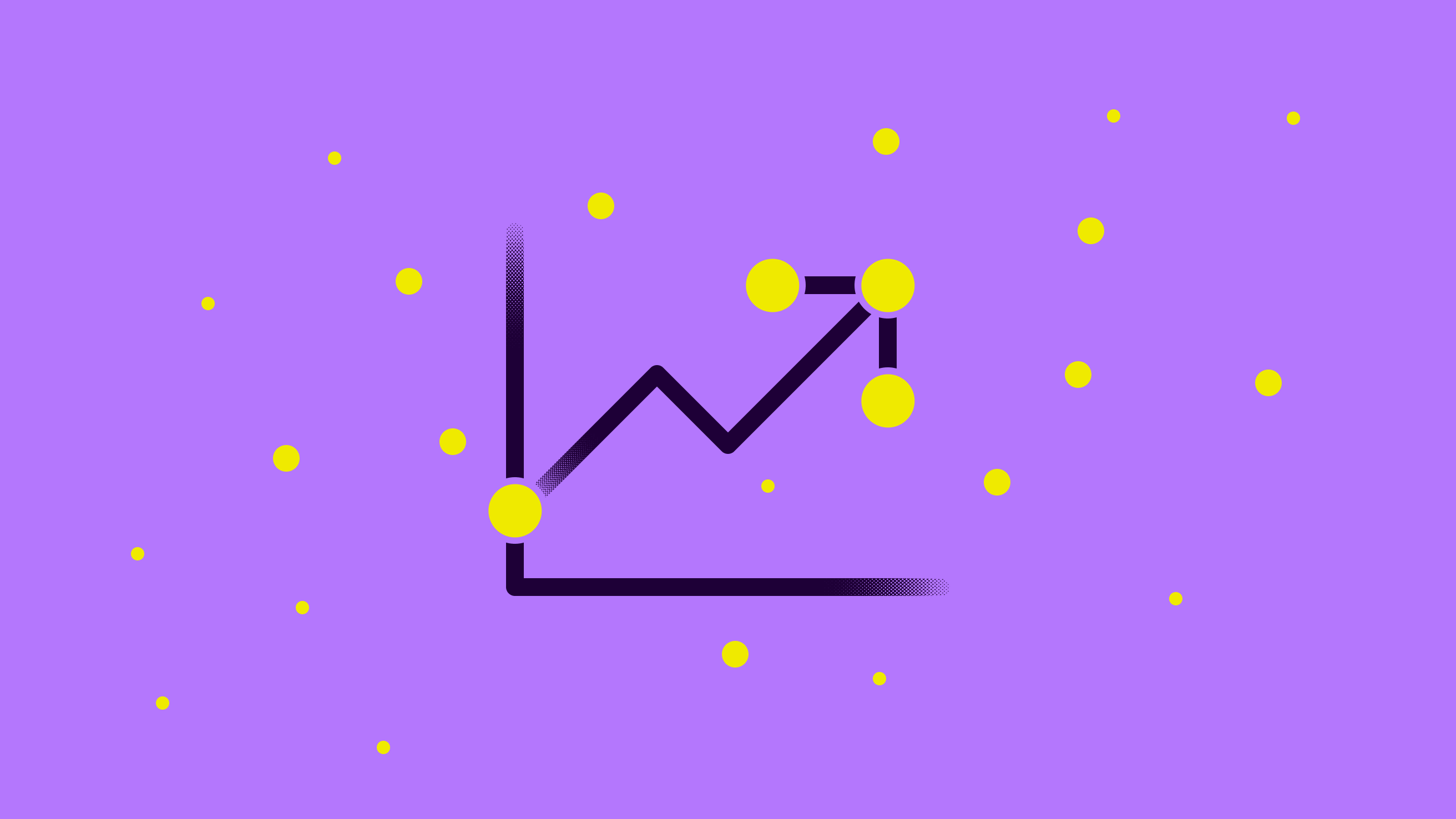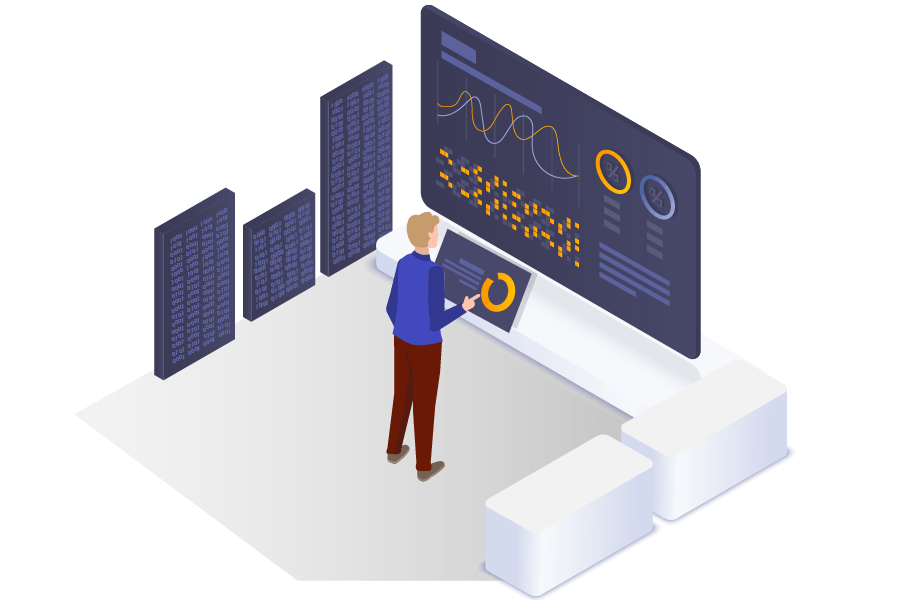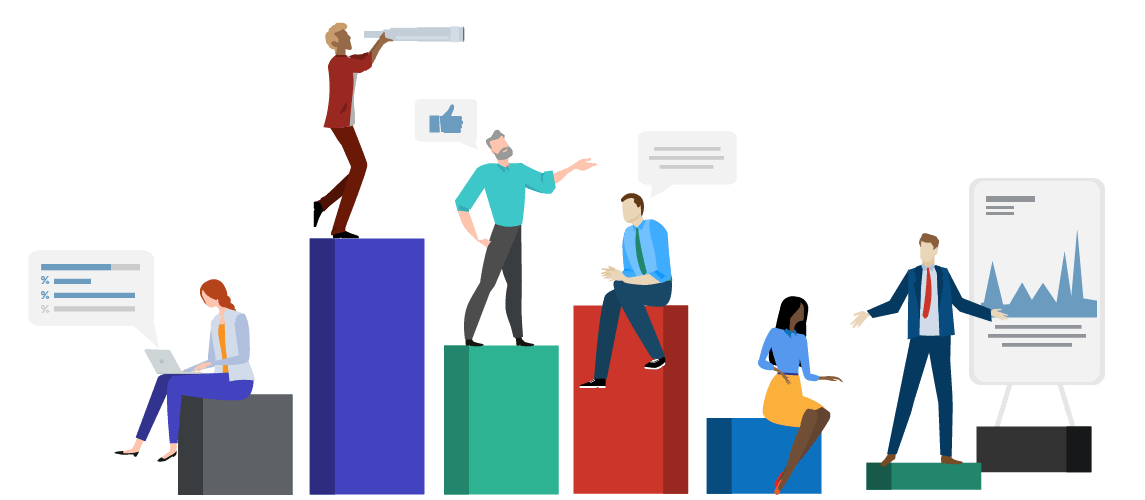What is predictive analytics?
Discover a variety of learning analytics techniques and understand the differences between descriptive analytics, predictive analytics, and prescriptive analytics.

Discover:
- Predictive analytics definition
- How does predictive analytics work?
- Predictive analytic models
- What does a business need to know before using predictive analytics?
- What are the benefits of using predictive analytics?
- Examples of how predictive analytics are being used in online learning
- Descriptive vs predictive vs prescriptive analytics
Learning Analytics is not simply about collecting data from learners, but about finding meaning in the data in order to improve future learning.
To do this, learning analytics relies on a number of analytical methods: descriptive analytics, diagnostic analytics, predictive analytics, and prescriptive analytics.
Predictive analytics definition
Predictive Analytics is a statistical method that utilizes algorithms and machine learning to identify trends in data and predict future behaviors.
With increasing pressure to show a return on investment (ROI) for implementing learning analytics, it is no longer enough for a business to simply show how learners performed or how they interacted with learning content. It is now desirable to go beyond descriptive analytics and gain insight into whether training initiatives are working and how they can be improved.
Predictive Analytics can take both past and current data and offer predictions of what could happen in the future. This identification of possible risks or opportunities enables businesses to take actionable intervention in order to improve future learning initiatives.
How does predictive analytics work?

The software for predictive analytics has moved beyond the realm of statisticians and is becoming more affordable and accessible for different markets and industries, including the field of learning & development.
For online learning specifically, predictive analytics is often found incorporated in the Learning Management System (LMS), but can also be purchased separately as specialized software.
For the learner, predictive forecasting could be as simple as a dashboard located on the main screen after logging in to access a course. Analyzing data from past and current progress, visual indicators in the dashboard could be provided to signal whether the employee was on track with training requirements.
At the business level, an LMS system with predictive analytic capability can help improve decision-making by offering in-depth insight to strategic questions and concerns. This could range from anything to course enrolment, to course completion rates, to employee performance.
Predictive analytic models
Because predictive analytics goes beyond sorting and describing data, it relies heavily on complex models designed to make inferences about the data it encounters. These models utilize algorithms and machine learning to analyze past and present data in order to provide future trends.
Each model differs depending on the specific needs of those employing predictive analytics.
Some common basic models that are utilized at a broad level include:
- Decision trees use branching to show possibilities stemming from each outcome or choice.
- Regression techniques assist with understanding relationships between variables.
- Neural networks utilize algorithms to figure out possible relationships within data sets.
What does a business need to know before using predictive analytics?
For businesses who want to incorporate predictive analytics into their learning analytics strategy, the following steps should be considered:
- Establish a clear direction
Predictive analytics rely on specifically programmed algorithms and machine learning to track and analyze data, all of which depend on the unique questions being asked. For example, wanting to know whether employees will complete a course is a specific question; the software would need to analyze the relevant data in order to formulate possible trends on completion rates. It is important that businesses know what their needs are. - Be actively involved
Predictive analytics require active input and involvement from those utilizing the technique. This means deciding and understanding what data is being collected and why. The quality of data should also be monitored. Without human involvement, the data collected and models used for analysis may provide no beneficial meaning.
What are the benefits of using predictive analytics?

Here are a few key benefits that businesses can expect to find when incorporating predictive analytics into their overall learning analytics strategy:
- Personalize the training needs of employees by identifying their gaps, strengths, and weaknesses; specific learning resources and training can be offered to support individual needs.
- Retain Talent by tracking and understanding employee career progression and forecasting what skills and learning resources would best benefit their career paths. Knowing what skills employees need also benefits the design of future training.
- Support employees who may be falling behind or not reaching their potential by offering intervention support before their performance puts them at risk.
- Simplified reporting and visuals that keep everyone updated when predictive forecasting is required.

Use learning data to accelerate change
Understand learning data and receive a practical tool to help apply this knowledge in your company.
Download workbookExamples of how predictive analytics are being used in online learning
Many businesses are beginning to incorporate predictive analytics into their learning analytics strategy by utilizing the predictive forecasting features offered in Learning Management Systems and specialized software.
Here are a few examples:
- Training targets
Some systems monitor and collect data on how employees interact within the learning environment, such as tracking how often courses or resources are accessed and whether they are completed. Achievement level can also be analyzed, including assessment performance, length of time to complete training, and outstanding training requirements. An analysis of these aggregated data patterns can reveal how employees may continue to perform in the future. This makes it easier to identify employees who are not on track to fulfilling ongoing training requirements. - Talent management
Predictive reporting can also forecast how employees are developing in their role and within the company; this involves tracking and forecasting on individual employee learning paths, training, and upskilling activity. This is important for Human Resources (HR) who may need to manage the talent pool for a large number of employees or training departments wanting to know what resources will be effective for individual skill development.
Descriptive vs predictive vs prescriptive analytics

Descriptive Analytics is focused solely on historical data.
You can think of Predictive Analytics as then using this historical data to develop statistical models that will then forecast about future possibilities.
Prescriptive Analytics takes Predictive Analytics a step further and takes the possible forecasted outcomes and predicts consequences for these outcomes.

Use learning data to accelerate change
Understand learning data and receive a practical tool to help apply this knowledge in your company.
Download workbook



